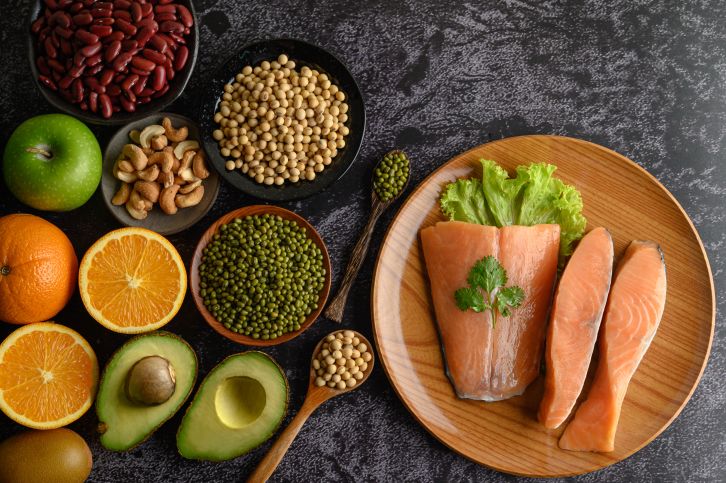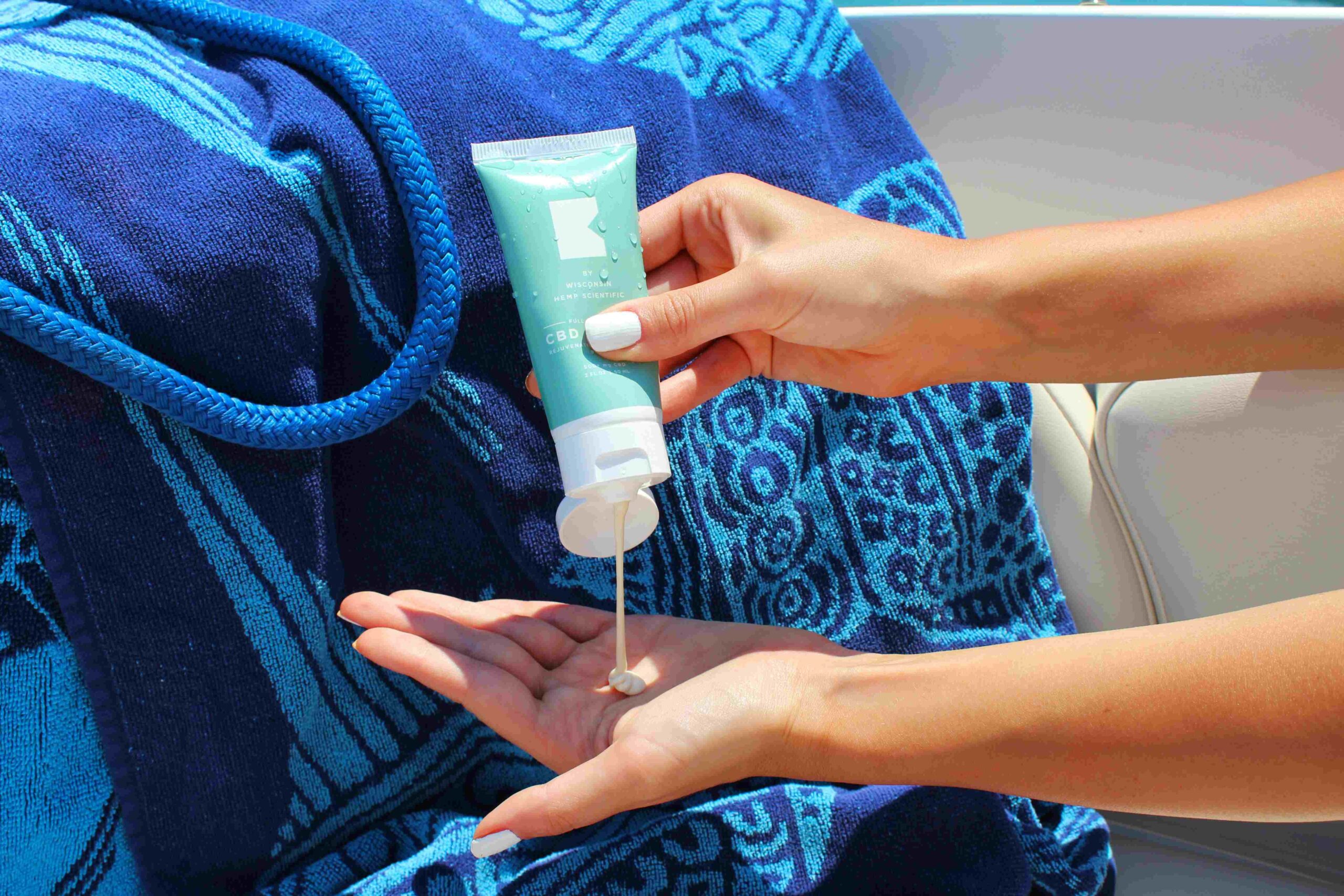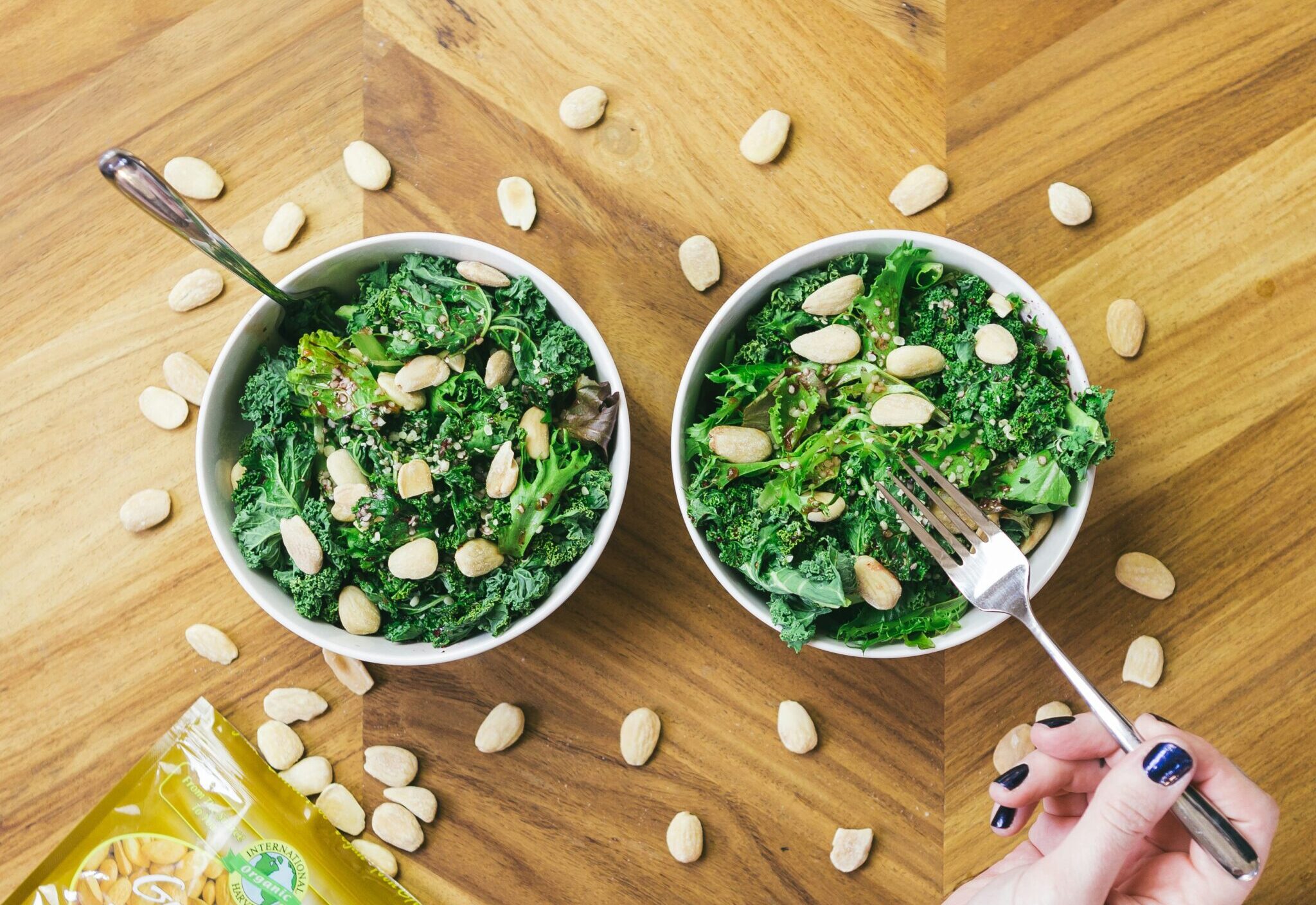Iron is a crucial mineral that plays an essential role in many bodily functions, including the production of hemoglobin, a protein in red blood cells that carries oxygen from your lungs to the rest of your body. Lack of iron can lead to iron deficiency anemia, which can cause fatigue and other health issues. Therefore, incorporating iron rich foods into your diet is vital.
The daily iron requirement and normal iron levels vary by age, sex, and physiological status (such as pregnancy).
Daily Iron Requirement:
Infants and toddlers (ages 0-3): 7-11 mg per day.
Children (ages 4-8): 10 mg per day.
Males (ages 9-13): 8 mg per day;
(ages 14-18): 11 mg per day;
(ages 19+): 8 mg per day.
Females (ages 9-13): 8 mg per day;
(ages 14-18): 15 mg per day;
(ages 19-50): 18 mg per day;
(ages 51+): 8 mg per day.
Pregnant women: 27 mg per day
Lactating women: 9-10 mg per day
What is the normal iron level?
The normal iron levels in the blood are typically measured by various tests, including serum iron, ferritin, transferrin, and total iron-binding capacity (TIBC). The values can vary slightly depending on the laboratory, but generally, normal ranges are as follows:
Serum Iron:
Men: 60-170 µg/dL
Women: 50-150 µg/dL
Ferritin (a reflection of the total amount of stored iron):
Men: 20-500 ng/mL
Women: 20-200 ng/mL
TIBC (a measure of all proteins available to bind with iron):
Generally: 240-450 µg/dL
These levels can be influenced by numerous factors, including diet, health status, and genetic conditions. It’s important for individuals to consult healthcare providers for personalized advice and testing if they have concerns about their iron levels or are experiencing symptoms of iron deficiency or overload.
So, here are the top 5 iron-rich foods, along with their percentage of iron content, other nutritional information, and calorie content per 100 grams.
1. Liver (Chicken, Beef, and Pork)
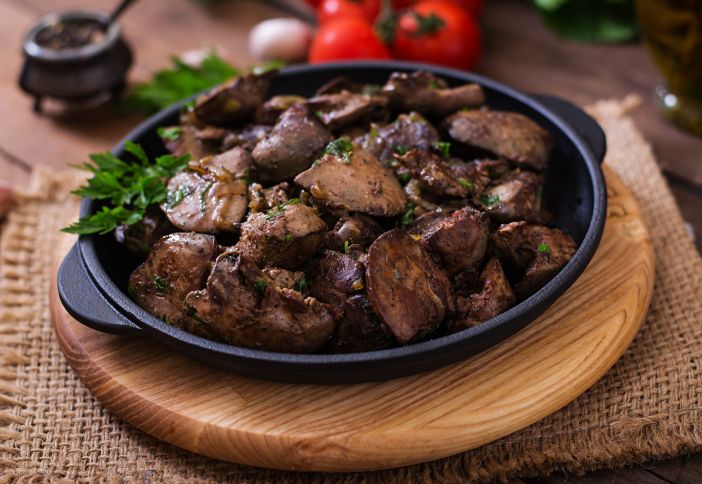
- Iron Content: Beef liver, for example, contains about 6.5 mg of iron per 100 grams.
- Other Nutritional Information: Liver is also a rich source of protein, vitamin A, B vitamins (especially B12), and copper.
- Calories: Approximately 175 calories per 100 grams.
2. Lentils
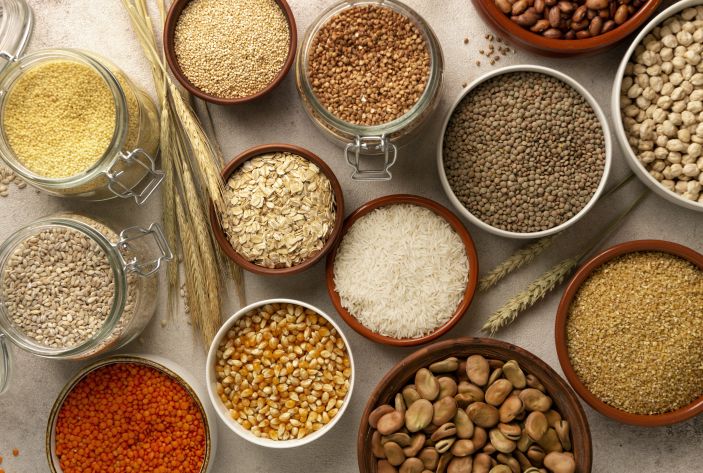
- Iron Content: Lentils contain about 3.3 mg of iron per 100 grams when cooked.
- Other Nutritional Information: They are a great source of protein, fiber, and minerals such as potassium. Lentils are also rich in folate and magnesium.
- Calories: About 116 calories per 100 grams cooked.
3. Spinach
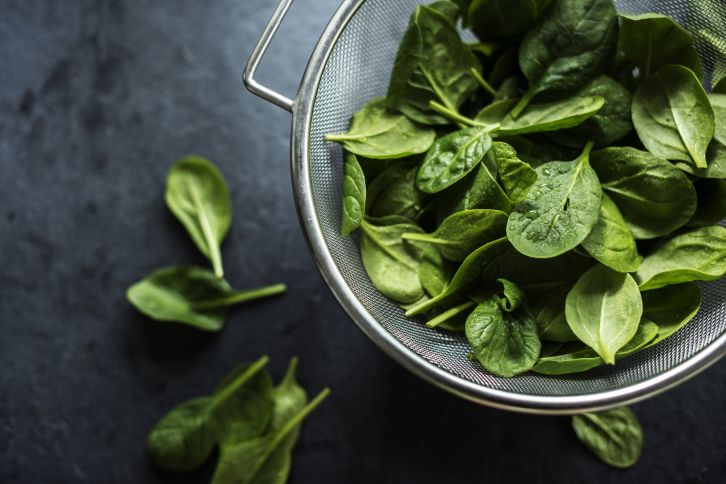
- Iron Content: Raw spinach contains about 2.7 mg of iron per 100 grams, but this number increases when spinach is cooked due to water loss concentrating the nutrients.
- Other Nutritional Information: Spinach is low in fat and even lower in cholesterol, high in niacin and zinc, as well as protein, fiber, vitamins A, C, E and K, thiamin, vitamin B6, folate, calcium, magnesium, phosphorus, potassium, copper, and manganese.
- Calories: About 23 calories per 100 grams raw.
4. Quinoa
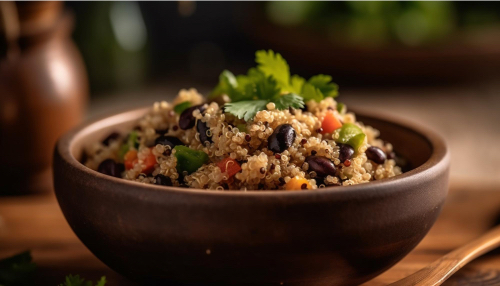
- Iron Content: Quinoa contains about 1.5 mg of iron per 100 grams cooked.
- Other Nutritional Information: It is also a good source of protein and fiber, offering all nine essential amino acids, making it a complete protein source. It’s also rich in magnesium, phosphorus, manganese, and folate.
- Calories: Approximately 120 calories per 100 grams cooked.
5. Pumpkin Seeds
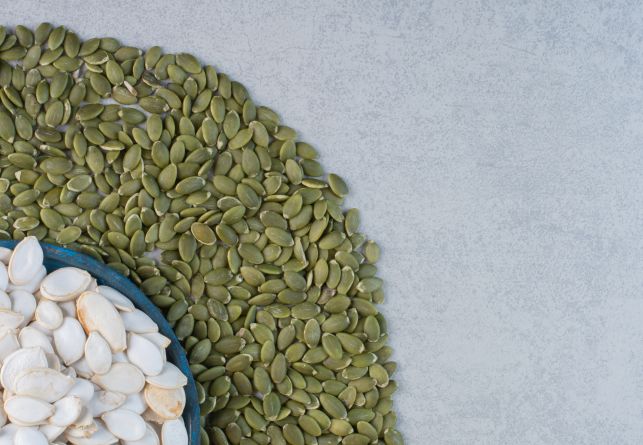
- Iron Content: Pumpkin seeds contain about 3.3 mg of iron per 100 grams.
- Other Nutritional Information: They are also a good source of protein, healthy fats, magnesium, zinc, and fiber.
- Calories: About 446 calories per 100 grams.
The iron content and nutritional values can vary slightly depending on the source and preparation method. It’s also important to note that the body absorbs iron in two forms: heme iron, found in animal products, which is more easily absorbed, and non-heme iron, found in plants, which is less easily absorbed.
Consuming vitamin C-rich foods along with non-heme iron sources can enhance iron absorption. Be sure to include these foods in your daily diet to get your iron levels to optimal level. Happy eating! Your’s healthy.
